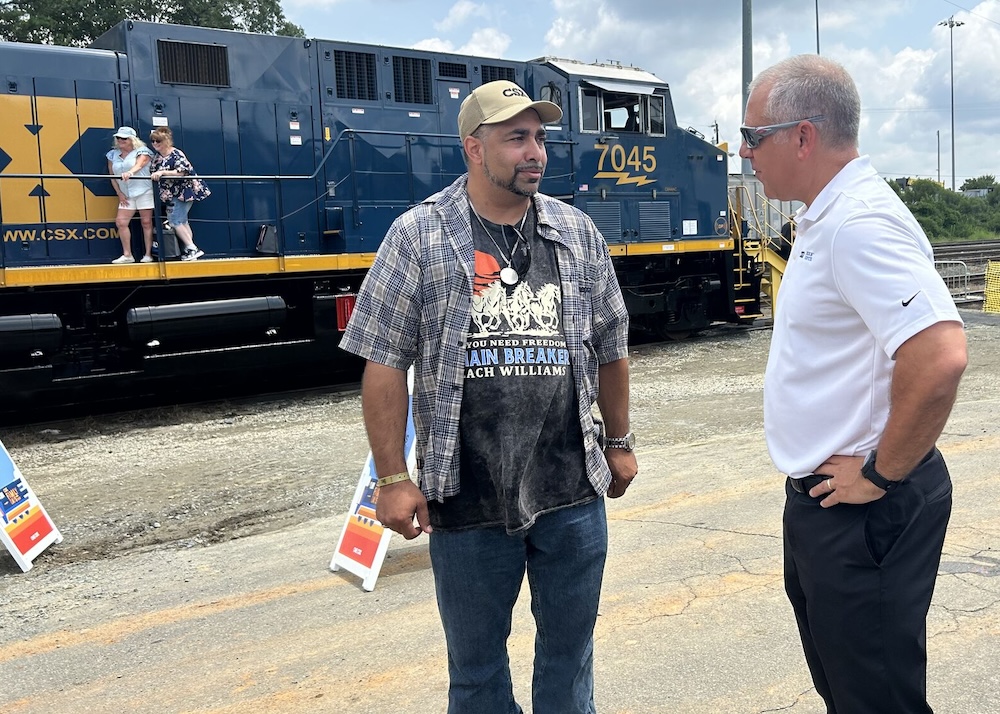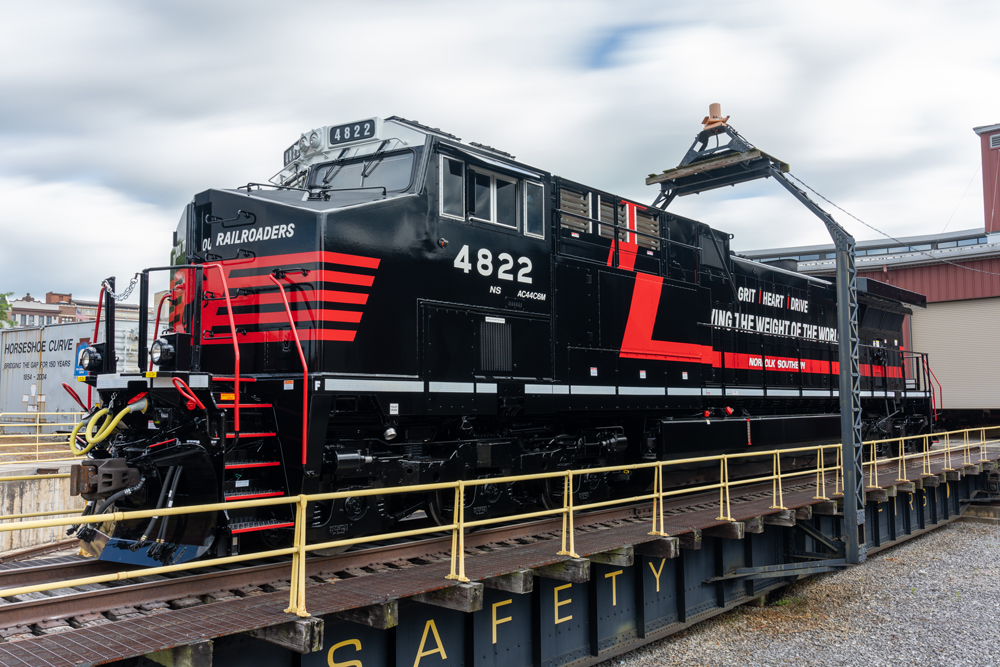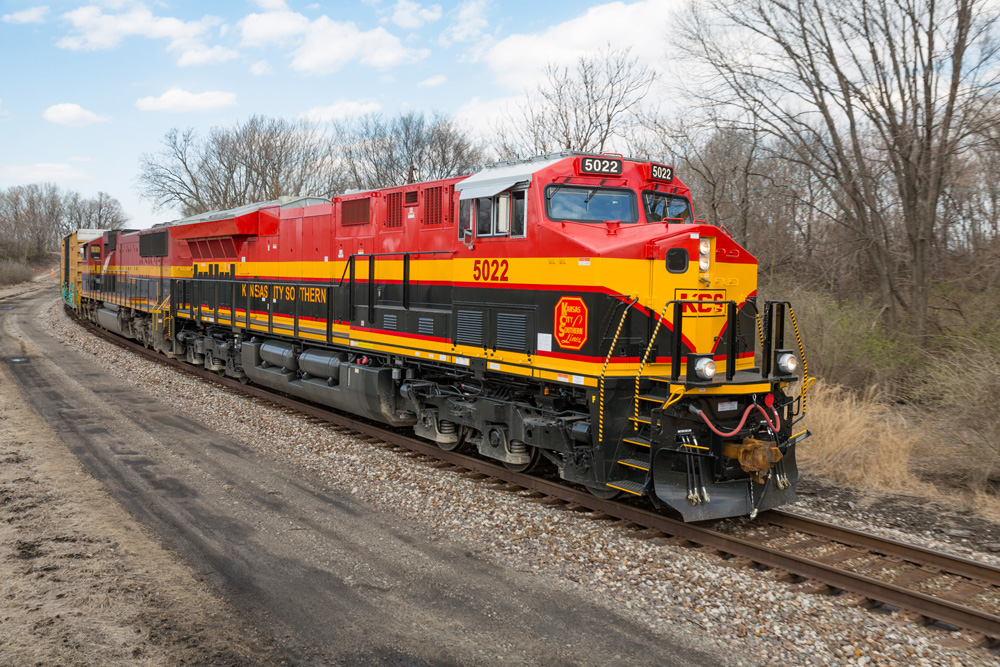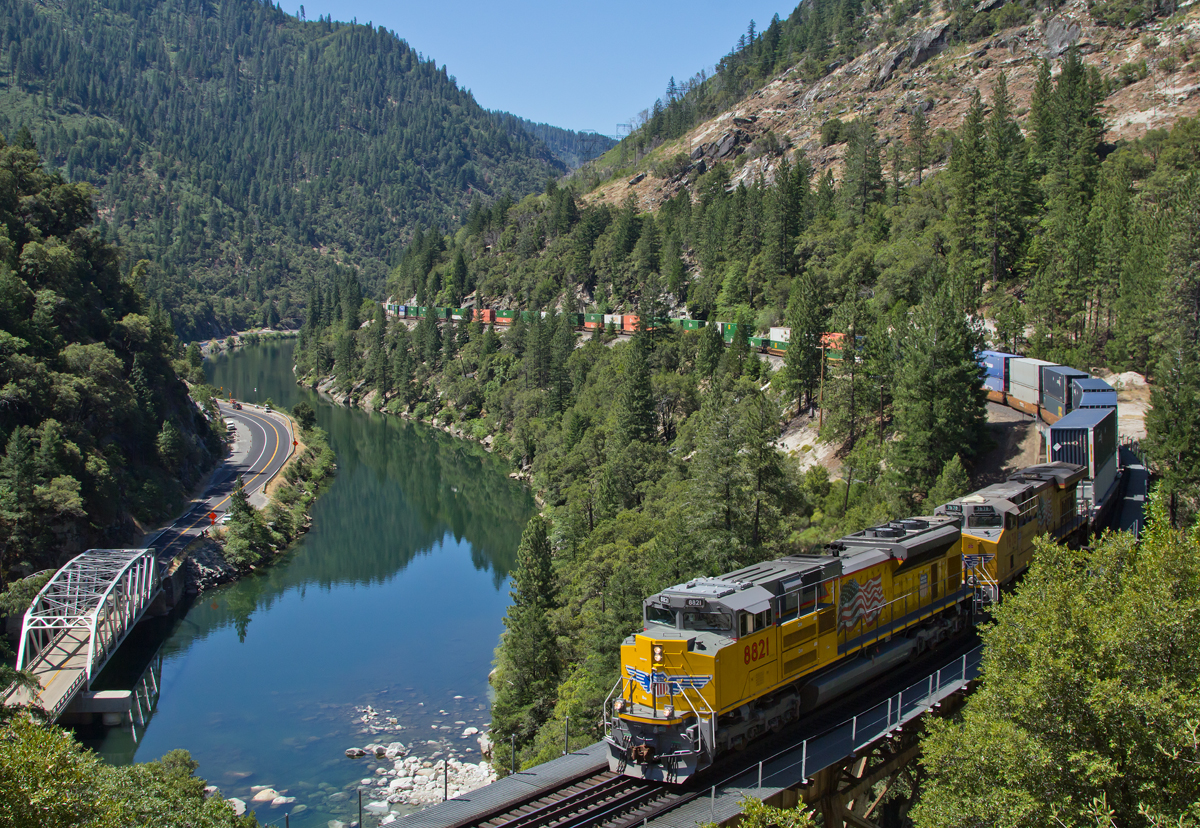
WASHINGTON – At the opening of today’s Surface Transportation Board hearing on the lack of rail freight volume growth, Vice Chair Karen Hedlund said she was still struck by what she heard the day before from analysts and shippers and Class I railroad executives.
“What we heard yesterday was a tale of two cities. And I’m still trying to get my head around it,” she says. “From our economists and consultants, we heard a pretty grim story. From our Class I railroads, ‘Hey! Look at all the investments we’re making! We’re just doing great!’ And somewhere in between we have to figure out what’s really going on.”
Testimony on the hearing’s second day hit on the same themes.
Rail customers told regulators that they want to put more freight on the railroads. But unreliable service, inflexible rates, and a lack of rail competition means that they are instead sending more of their business to trucks.
“If you’re not reliable and you can’t provide service and you’re not competitive, you’re not going to have growth,” says Mike Seyfert, CEO of the National Feed and Grain Association.
The Association of American Railroads said rail growth depends on a favorable combination of broad economic forces, predictable regulations, faster permitting of new projects and new technology, and a regulatory playing field that’s not tilted in favor of trucks.
“Smart, sustainable growth in rail traffic is in everyone’s interests: Yours, ours, the American public,” AAR CEO Ian Jefferies told the board.
“It is important to recognize that broader economic challenges … have had and will continue to have a significant impact on freight rail volumes,” says Rand Ghayad, the AAR’s chief economist and senior vice president of policy and economics.
Among them: The precipitous drop in the use of coal to generate electricity, stagnant U.S. manufacturing output, the unprecedented pandemic shock that reshaped consumer spending, fluctuations in global commodity prices, and trade tensions with China that have affected intermodal traffic.
STB Chairman Robert E. Primus was having none of it.
“There’s a lot of red herrings in your testimony, in a sense of saying that it’s external forces that are causing the lack of growth,” he said, noting that over the past two decades rail volume has not kept pace with economic growth, manufacturing, or the rise in truck tonnage.
Self-inflicted service problems continue to plague the industry and are responsible for a decline in rail volume, Primus says. “We have customers leaving rail right now going to a more expensive, less safe, less efficient mode of transportation,” he says of trucking.
Jefferies said it’s not mutually exclusive to say that both broad economic factors and railroad service problems have played a role. “One hundred percent there’s a lot within the industry’s power … to harness and grow and get jump ball traffic,” he says.
Railroads have improved service since the pandemic, are now launching new services, and making major investments for growth. “It’s incumbent upon us to walk that walk now,” Jefferies says.

CSX CEO Joe Hinrichs – the only Class I chief executive to testify – said he knows all about railroad service problems firsthand from his three decades of experience as a rail customer while working at General Motors and Ford. “Without more and better service to our customers we’re not going to see growth in this industry,” he says, noting that unreliable rail service prompted automakers to shift most of their parts shipments to truck.
Railroads need to take a different approach to service if they are to grow, Hinrichs says. At CSX, that means creating a workplace environment where employees feel valued, respected, and listened to, he says. In turn, a more engaged and collaborative workforce will deliver better service.
Hinrichs says that formula is working at CSX, which he says has led the U.S. railroads in merchandise traffic growth for the past two years due to its service improvements and higher staffing levels.
Kevin Boone, CSX’s executive vice president of sales and marketing, says the railroad has taken other steps to foster growth. CSX has beefed up its regional sales team that focuses on smaller shippers, created a sales group to understand receivers and their business needs, and expanded the railroad’s reach by acquiring trucking company Quality Carriers to provide seamless transload service for chemical shipments.

Norfolk Southern remains committed to its service and resilience strategy despite the departure of CEO Alan Shaw, Chief Marketing Officer Ed Elkins says. Shaw was dismissed last week for having a consensual relationship with the railroad’s chief legal officer in violation of the company’s ethics policy. Chief Financial Officer Mark George was promoted to chief executive.
“The No. 1 question I’ve heard from our customers over the past few days is … are we committed to our previously announced strategy? And I want to be clear that the NS strategy is a company strategy developed by the entire leadership team, not one individual,” Elkins says. “And as such the core tenets of our strategy remain unchanged: Service, productivity and growth with safety as the foundation.”
Despite its advantages in cost, safety, capacity, and the environment, rail has lost market share to trucks for decades, Elkins noted. “Everyone agrees there’s a huge opportunity for the rail industry. The question is how to unlock that potential,” he says.
The NS service and resilience strategy, dubbed a better way, aims to maintain consistent service throughout the business cycle. “Very simply put, we’re focused on building a railroad that consistently delivers service you can count on, delivered by people you can trust,” Elkins says.
The railroad’s progress to date is encouraging, Elkins says, as operations are improving and volumes have grown to a post-pandemic high this summer. NS is making $200 million in capacity investments in its 3-B line in Alabama, he notes, and its Short Line Performance Project has boosted interchange volume by 5.2% at participating short lines.
Primus thanked CSX and NS for making the difficult decision to shift away from an overriding focus on the operating ratio and toward volume growth. “It takes courage to do so, especially considering the pressure from Wall Street,” he says.
Hinrichs says CSX’s investor base has changed over the past couple of years, with short-term stockholders being replaced by long-term investors. It’s a change that’s more in line with the long-term growth foundation CSX is building now, he says.
The STB could promote growth, Hinrichs says, by more quickly reviewing transactions such as CSX’s acquisition of New England regional Pan Am Railways and the railroad’s deal with CPKC to create a new route linking the Southeast with Texas and Mexico by acquiring and operating Genesee & Wyoming short line Meridian & Bigbee.
Shippers urged the board to take several steps that might help railroads grow. Among them: Promote more railroad competition by expanding reciprocal switching, clearly defining a railroad’s common carrier obligations, and permitting a reverse demurrage system that would prod railroads to more efficiently use shippers’ freight cars.
The STB does not have the authority to regulate railroad growth. It also has minimal influence over rates since the vast majority of traffic moves under contracts, which are exempt from board regulation.
A video replay of the hearing is available on the STB’s YouTube channel.














get rid of PSR and the worship of wall st , and run shorter and more frequent trains and you could get more business. I watched the yellow paint guys turn down 500 cars a month, that was profitable, but not profitable enough. it’s all truck now.
Someone tell the AAR and Class 1 CEO’s that investing $xx millions in tie replacements is not and will not be considered “growth”.
Capital spent in maintaining MoW is not growth.
I have noticed that some Class 1’s have been partnering with more business park developers on attracting business that has specific rail requirements to be close to their ROW’s. This is a good sign of AAR members looking under the trees to find new business and should continue.
The key is winning and retaining those business relationships by treating them like a customer, not an obligation.